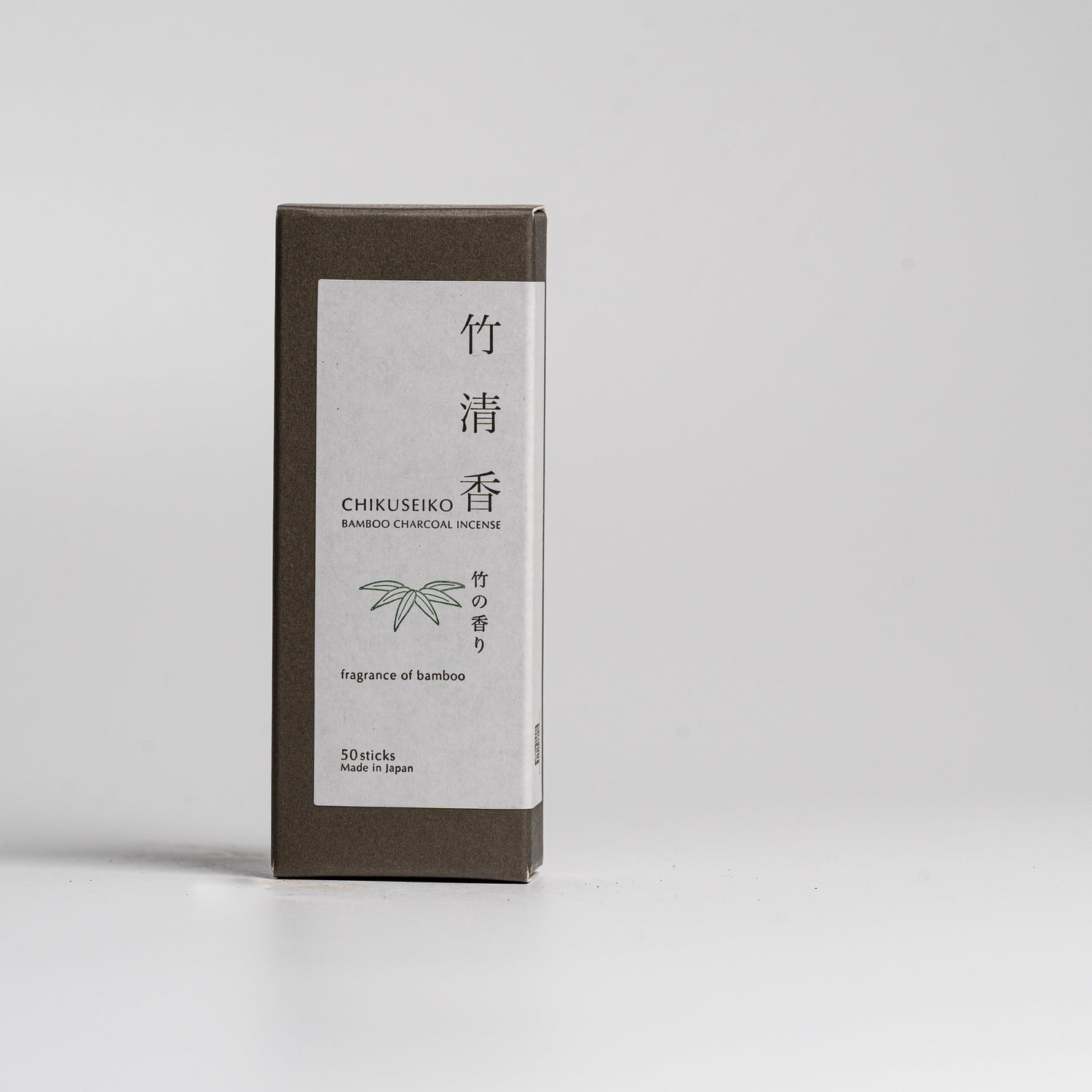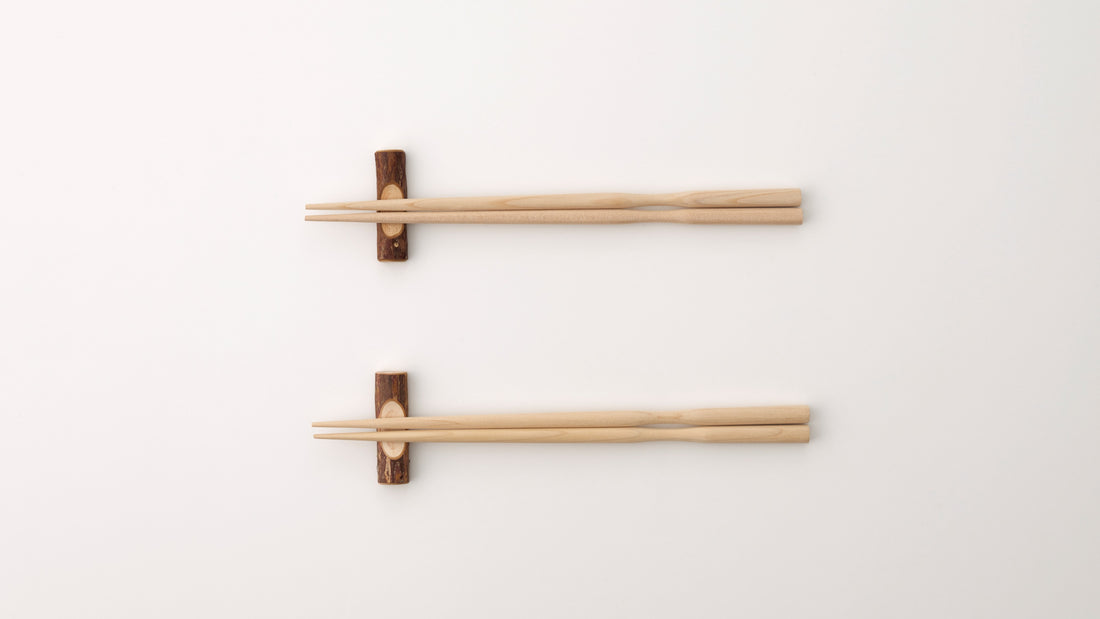Eating with chopsticks is an essential part of dining culture in Japan. While using Japanese chopsticks might seem straightforward, there are several etiquettes to follow that reflect the respect and mindfulness deeply embedded in Japanese culture. Understanding and practicing proper chopstick etiquette not only enhances your dining experience but also shows respect for Japanese traditions and those around you. It is worth noting that many Japanese people do not mind how you use your chopsticks, and will show you equal respect regardless of your understanding of these ‘unwritten rules’. However, many travellers (us included) like to understand and enjoy the cultures we are visiting. We’ve outlined some of the general ‘rules’ of eating with chopsticks in Japan.
Popular Japanese Chopsticks
Japanese chopsticks come in various materials, designs, and lengths, each suited for different types of cuisine and dining settings. Some popular types of Japanese chopsticks include:
- Wooden Chopsticks: Traditional and commonly used, wooden chopsticks are lightweight and easy to handle. They are sometimes lacquered for durability and aesthetic appeal.
- Bamboo Chopsticks: Eco-friendly and naturally antibacterial, bamboo chopsticks are a sustainable choice. They are known for their lightweight and smooth texture.
-
Disposable Chopsticks: Known as "waribashi," these chopsticks are made from inexpensive wood and are commonly found in restaurants and takeout places.

Unwritten Rules of Using Chopsticks in Japan
Here are some key etiquettes to keep in mind:
1. Avoid Pointing with Chopsticks
Pointing with chopsticks can be considered rude in Japan. Instead, use your hands to gesture or point.
2. Do Not Stick Chopsticks Upright in Rice
Sticking chopsticks upright in a bowl of rice is associated with funeral rituals and can be considered disrespectful in everyday dining.
3. Avoid Passing Food Chopstick-to-Chopstick
Passing food directly from one pair of chopsticks to another resembles a funeral tradition and should be avoided. Instead, use serving utensils to transfer food.
4. Do Not Spear Food
Spearing food with chopsticks can be considered impolite. Instead, use the chopsticks to gently pick up food.
5. Place Chopsticks on the Holder
When you are not using your chopsticks, place them on the chopstick holder provided, with the tips facing left. This shows respect for the dining setup and those dining with you. When using disposable chopsticks, you can use the paper wrapper to roll into a chopstick rest.
6. Do Not Rub Chopsticks Together
Rubbing wooden chopsticks together to remove splinters can be seen as an insult to the quality of the chopsticks provided. Avoid this gesture to show appreciation for the dining experience.
Benefits of Using Japanese Chopsticks
Using Japanese chopsticks is more than just a dining tool; it is an experience that connects you with Japanese culture. Japanese chopsticks are designed for precision and control, making them perfect for enjoying a variety of dishes, from delicate sashimi to hearty ramen.
Choosing the Right Chopsticks with OKAERI
At OKAERI, we understand the importance of chopstick etiquette and offer a selection of high-quality Japanese chopsticks to enhance your dining experience. Our chopsticks are handcrafted with precision and care, reflecting the mindfulness and tradition of Japanese dining.
When choosing chopsticks, consider the material and design that best suits your dining style. Wooden chopsticks offer a traditional and warm feel, while bamboo chopsticks provide a sustainable and lightweight option. Explore our Japanese chopsticks collection to find the perfect pair that aligns with your taste and preferences.


